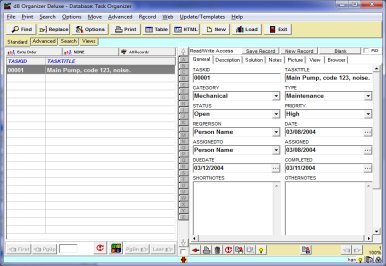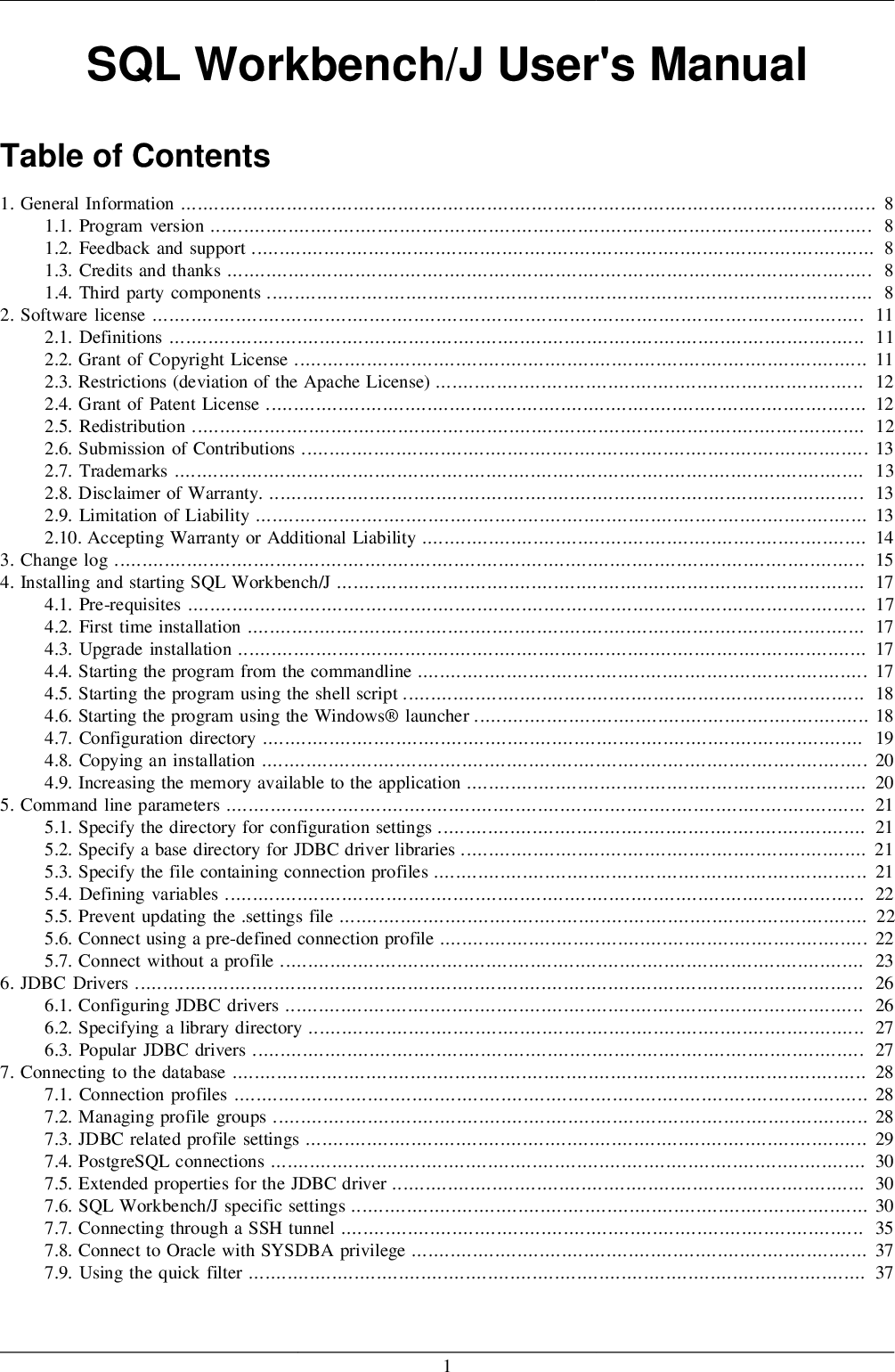

- #Task 1 task2 task3 task 4 solutions databases how to
- #Task 1 task2 task3 task 4 solutions databases update
Interval = so that we can do every 2 daysĭays of the week = Mon=1, Tue=2, Wed=3 etc Task_fk | complete_by_time | frequency | day_no | interval | date |ĭay_no = weekly - 1-7 or monthly 1-31 (probably limit to 28 so that tasks can not recur on days that don’t exist in a month.) Task_id | task_name | + other fields to describe the task My Idea which I am sure is not the best so any thoughts would be appreciated:

Task3 to be completed on the 1st of Each Month by 20:00 In the Google Cloud Console, Navigate to Firestore.

You can make changes as and when the implementation progresses. In this lesson, you create tables in the Oracle database under the user rulepoint.
#Task 1 task2 task3 task 4 solutions databases how to
The rows are limited, based on what is set in the client_identifier variable in the userenv context.#EDIT - Sorry about the formatting not sure how to create a neat table in the post… The function uses the USER_ID column in the table to limit the rows. The function defined below is used by VPD to limit the data based on the identifier that is passed in to the connection. The policy is created as follows:ĬALL DBMS_RLS.ADD_POLICY ('SCOTT', 'TASK', 'todo_list_policy', 'SCOTT', 'ident_func', 'select, update, delete'))
#Task 1 task2 task3 task 4 solutions databases update
In this example, the function is called ident_func, and it is run whenever a SELECT, UPDATE or DELETE is performed on the SCOTT.TASK table. The policy is a call to the database that tells the database to use a stored function to limit the results of a query. In this example, an Oracle Virtual Private Database is configured with a policy and a stored procedure. To use EclipseLink VPD multi-tenancy, you must first configure VPD in the database and then specify multi-tenancy on the entity or mapped superclass, as shown in the following example, using and 2: Configure the Virtual Private Database When using EclipseLink VPD Multitenancy, the database handles the tenant filtering on all SELECT, INSERT, UPDATE, INDEX and DELETE queries. Oracle Virtual Private Database policies can be applied to SELECT, INSERT, UPDATE, INDEX, and DELETE statements. Consider supporing my efforts to write these essays but signing up for my exclusive IELTS Ebooks here on Patreon. Finally, here is everything that you need to know to practice well with IELTS Cambridge 14. Oracle Virtual Private Database modifies the statement dynamically, transparently to the user, using any condition that can be expressed in or returned by a function. You can find more of my task 1 sample answers here. This modification creates a WHERE condition (called a predicate) returned by a function implementing the security policy.

When a user directly or indirectly accesses a table, view, or synonym that is protected with an Oracle Virtual Private Database policy, Oracle Database dynamically modifies the SQL statement of the user. Because security policies are attached directly to these database objects, and the policies are automatically applied whenever a user accesses data, there is no way to bypass security. Oracle Virtual Private Database enforces security directly on the database tables, views, or synonyms. Oracle VPD adds a dynamic WHERE clause to SQL statements issued against the table, view, or synonym to which the security policy was applied. A Virtual Private Database (VPD) uses security controls to restrict access to database objects based on various parameters.įor example, the Oracle Virtual Private Database supports security policies that control database access at the row and column level.


 0 kommentar(er)
0 kommentar(er)
